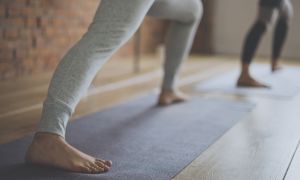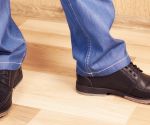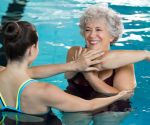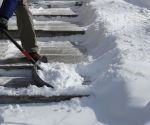Pain is the muscles should not occur during exercise. Occasionally, when exercising at an intensity of which your body is not accustomed too, the muscles may begin to fatigue and cramp. When your body is working at higher intensities it may not be getting enough oxygen to meet the demands of the exercise. The lack of oxygen prevents the conversion of lactic acid to pyruvate within the cell. When this happens, lactic build-up will cause muscle cramping.
Feeling sore after a workout does not mean that anything is necessarily wrong, especially if it occurs the next day. Unless you've actually sustained an injury, the pain will probably go away within a day or two, eventually producing lean muscle in place of flab. That's why you should space your workouts and rotate your activities, so that different muscle groups get worked on different days, getting a day off in between.
Continue Learning about Pain
Important: This content reflects information from various individuals and organizations and may offer alternative or opposing points of view. It should not be used for medical advice, diagnosis or treatment. As always, you should consult with your healthcare provider about your specific health needs.











